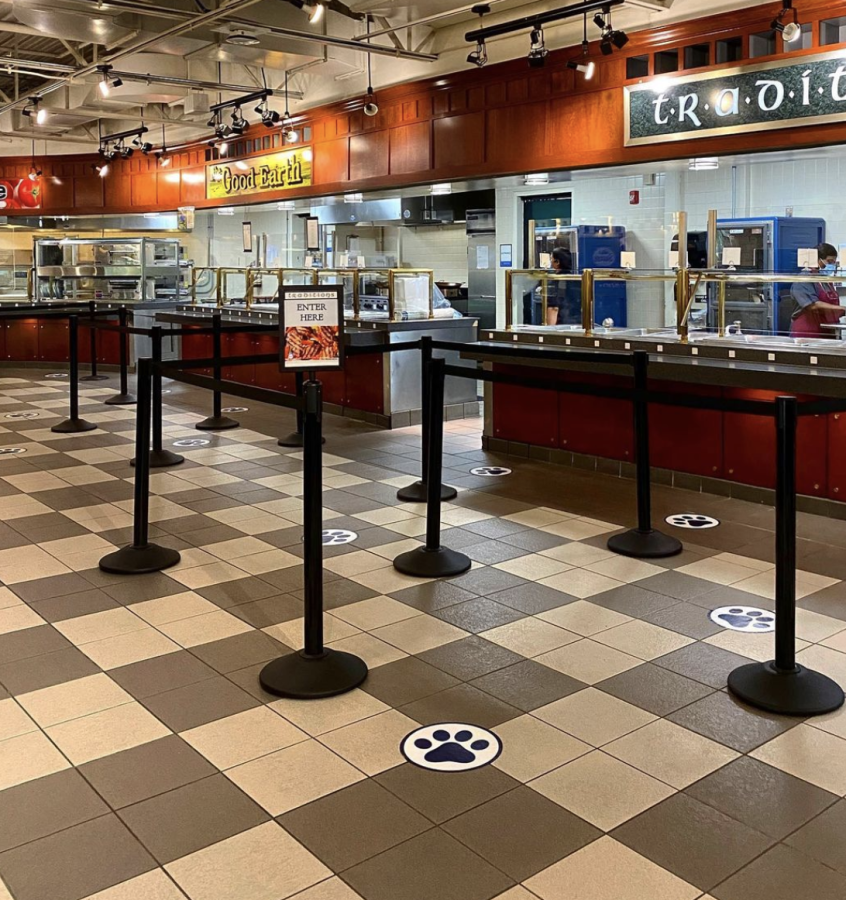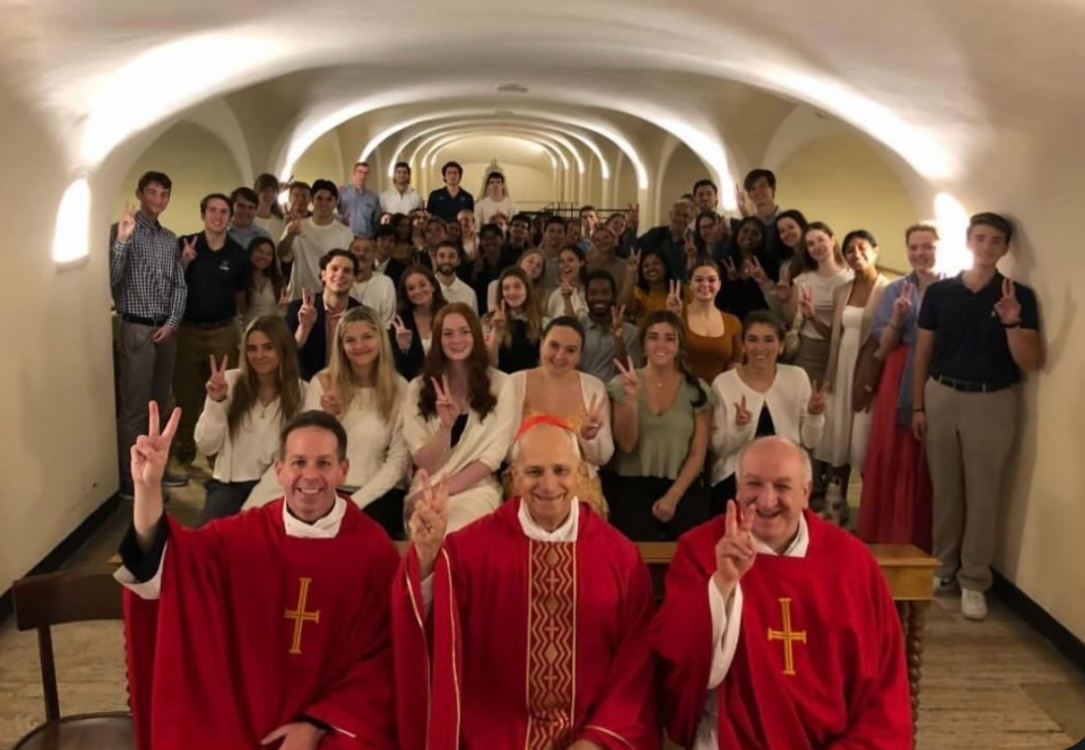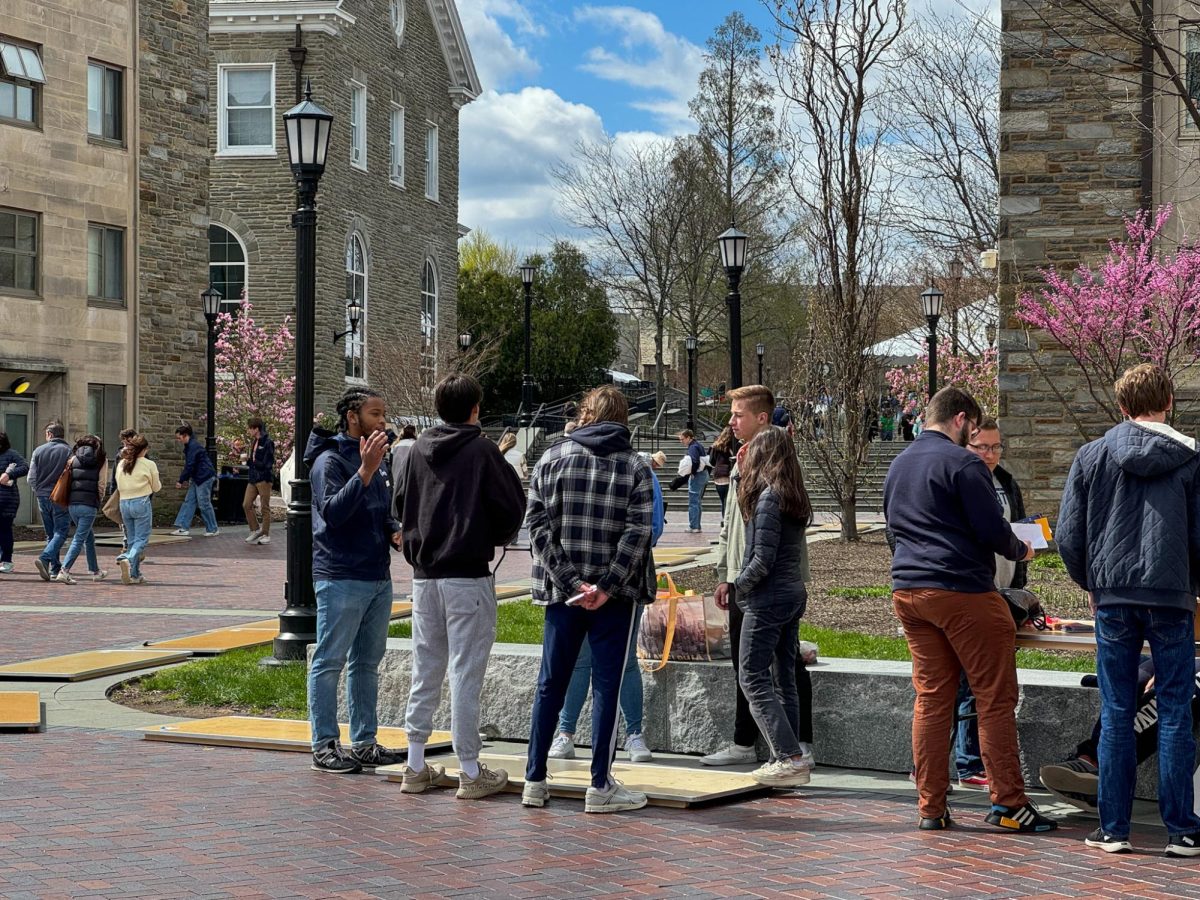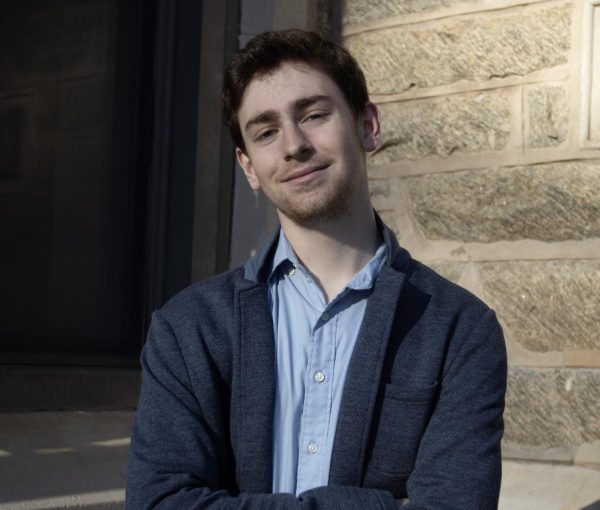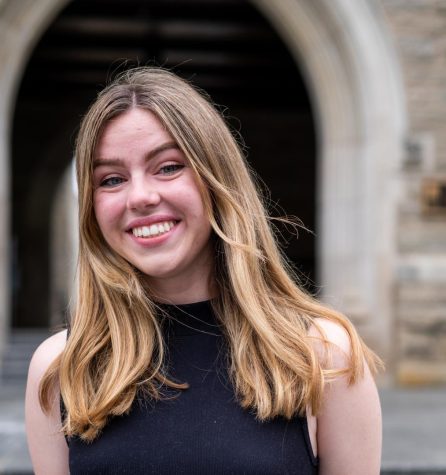Coming soon to a dining hall near you will be the end of the paper to-go boxes that have become a Villanova staple in the past few years in favor of plastic, reusable ones that can be taken back to one’s dorm and returned for future use – a step towards sustainability.
The idea of to-go boxes have been around forever at colleges and universities nationwide, but really took off during the COVID-19 pandemic when students could not physically eat in the dining halls. And as the years have passed, such containers have evolved to where Villanova stands to go now.
The idea for improved sustainability has been thrown around Villanova for years, but was really prompted by the arrival of Villanova’s new Executive Director of Dining Services, Andrew Camuso, who brought the idea of reusable containers with him to campus.
“They’ve evolved to be more robust, now there’s technology to go along with it called Topanga, and it’s tracking, so you’d sign up through a QR code or Grubhub, since it’s integrated, and you could say I want [food] to-go in a reusable container and if you’re ordering in one of the locations, your food would come to you in the container and it’s tracked to you,” Camuso said.
Another change Villanova students will have to adapt to is remembering to bring back said containers and not simply keep them in their dorm to an indefinite point, as the technology integrated that scans it out also keeps count of all containers.
“After like three days, you’ll get a reminder that you have to return your [container] or there’s a fine associated with it,” Camuso said, “[But] it tracks them so that the reusable containers don’t end up [lost].”
The initial idea of swapping out paper, one-use to-go boxes for reusable ones was then brought to the Student Government Association. Vice President Aleko Zeppos, who quickly came together with Camuso to move forward with this project.
“I originally brought [some samples] to one of our SGA meetings, showed them to our 60-some members and got everyone’s opinions, heard the good, heard the bad [and] we landed on a very good company,” Zeppos said. “Having Andrew on board, he’s been a very big advocate for sustainability in general for dining [and] we are very focused on making sure campus is sustainable overall.”
Within the next semester, a pilot program will begin that would bring the reusable containers to the three all-you-can-eat dining halls on Villanova’s campus (Donahue Hall (SPIT), Dougherty Hall (PIT) and St. Mary’s) with the eventual hope of it being offered at all Villanova dining locations.
“We’re gonna do it small and then, we’ll hopefully get it to the majority of our locations on campus,” Camuso said. “Cafe Nova is a really good opportunity at some point, as well. We’ll slowly kind of build it and just track the success.”
For Camuso, who brings experience and many intriguing ideas for Villanova dining, this was always one of the major things he wanted to tackle as Executive Director.
“One of the big things for me since I started in August, is [my] five pillars, so of the five pillars for me coming here, one of them is sustainability,” Camuso said. “I think one of those easy kinds of takeaways for us to bring on this project is because there’s going to be a green return, we’re gonna really slow down a lot of the compostable waste. There’s not that guilt [because] of single-used plastics, a lot of waste and [so] we’re not purchasing so many paper goods.”
The to-go boxes mark the first step towards renewed efforts towards encouraging sustainability in all aspects of dining and beyond, for both Camuso and from SGA.
“We’re doing a system that was around back in the mid-2010s, it was a way to track food waste at our all-you-can-eat dining halls, so we’re looking to install that and I think it’s ready to go in SPIT,” Zeppos said. “It’ll say on a TV screen where you throw everything out and tell you [how much waste] you produced today and it’s trending down from today, so you understand that the extra slice of pizza that you took and you don’t eat, that’s contributing to that and you gotta understand where it’s going.”
The program is expected to commence sometime in the Spring 2025 semester, with more updates to come on it as the fall semester continues to progress.

